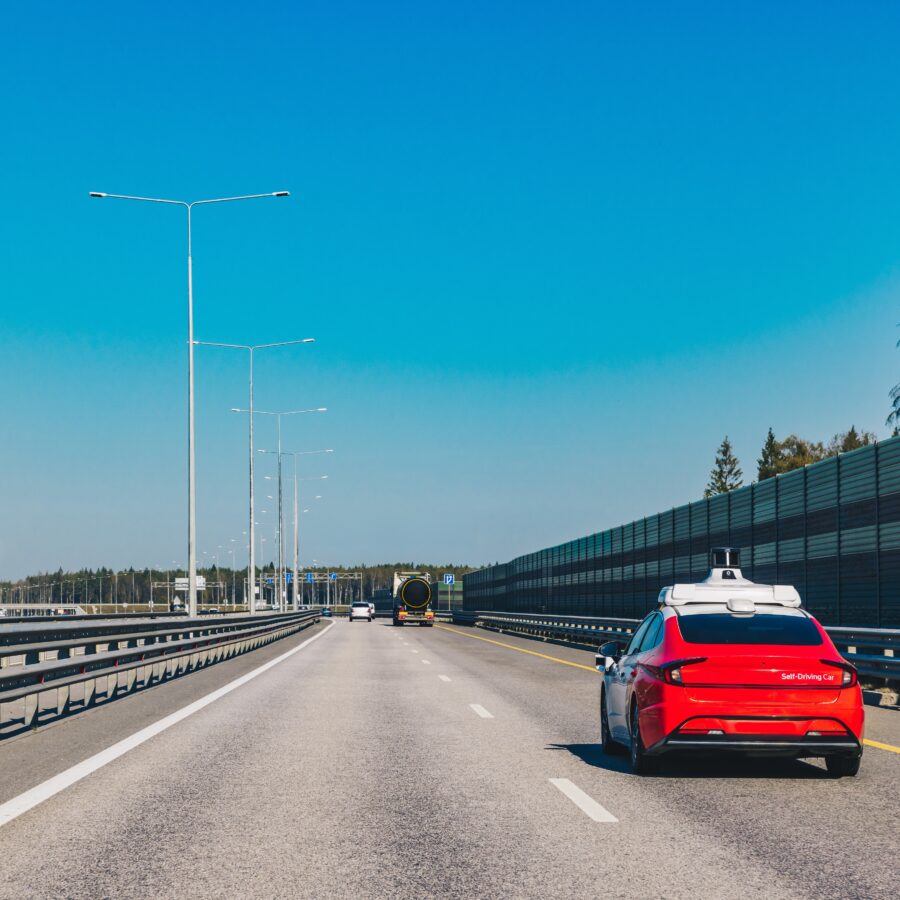NHTSA Automated Vehicles Policy
Yesterday, the National Highway Traffic Safety Administration (“NHTSA”) unveiled its long-anticipated “Federal Automated Vehicles Policy,” which is the Agency’s initial guidance concerning the development and deployment of self-driving cars. We previously wrote about our concerns that federal oversight of self-driving cars may set up preemption arguments and abrogate consumer rights long-recognized by state law. NHTSA’s new Policy has proven our concerns to be well-founded.
Most notably, in the section entitled “The Federal and State Roles,” NHTSA cryptically observes that “[t]he Supreme Court has . . . found that State laws may be preempted if they stand as an obstacle to the accomplishment and execution of a NTHSA safety standard.” In support of this proposition, NHTSA cites to SCOTUS’ decision in Geier v. American Honda Motor Co., 529 U.S. 861 (2000). As products liability attorneys and followers of this blog know, Geier is one of the worst products liability defeats consumers have ever suffered. In that decision, the Court held that “no-airbag” products liability lawsuits were preempted under a mushy “object of the regulation” analysis. In doing so, Geier not only shut the courthouse doors to consumers pursuing that specific defect theory, but also built the intellectual framework for follow-up decisions which shut the door to consumers injured or killed by other types of products, including certain types of medical devices and pharmaceutical drugs. So the fact that NHTSA chose to cite to this decision is concerning, to say the least.
NHTSA also discusses the possibility of seeking large expansions of its own power from Congress, including a federal statute providing for a type of “pre-market approval” process similar to those employed by other agencies. While we certainly applaud efforts to ensure self-driving vehicles will be designed and manufactured in a safe manner, we remain very wary of a “pre-market approval” process, as similar processes have resulted in preemption of medical drugs and devices, among other things. The problem with pre-market approval in such a scenario is that it can result in a product design being labeled “reasonably safe,” ex ante, before the product has been placed on the market. We know all too well that products bearing a federal bureaucratic stamp of approval, like those products approved pursuant to the FDA’s pre-market approval process, can and still do fail once they reach the market. A jury trial permits such a failure to be reviewed ex post, once all of the relevant information is at hand, rather than requiring a bureaucrat to make a prediction as to how a product will perform in the coming years. Of course, a jury trial is also the only real process for ensuring that a consumer’s rights will be vindicated should a product failure result in injury or death.
States Determine Autonomous Vehicle Liabilities
Additionally, the new Guidance also provides that the States should determine “how to allocate liability among [autonomous vehicle] owners, operators, passengers, manufacturers, and others when a crash occurs,” and suggests that States should considering working to develop “consistent solutions.” NHTSA even proposes the establishment of a “commission to study liability and insurance issues and make recommendations to the States.” While it is refreshing that NHTSA seems to acknowledge that any such discussion should occur at the state level, the notion of developing new, “consistent solutions” is troubling. The states have already developed their own systems for allocating fault for car crashes. Each state’s tort law system has methods to attribute fault to humans (auto negligence claims), machine defects (products liability), or other factors (i.e. roadway maintenance problems). NTHSA fails to provide any reason why these current state law remedies will be unworkable in the future. And no such reason exists. Products liability jurisprudence has matured over the past 100 years—the very same time during which automobiles have risen to popularity and undergone many technological innovations.
NHTSA began working on this guidance years ago, and consulted with Big Auto and other industry stakeholders (including software companies venturing into autonomous vehicles). As we previously told you, NHTSA did not meaningfully consult with consumers or consumer safety advocates. And you do not have to take our word for it—the guidance document itself acknowledges that “[w]hile the Agency sought input from various stakeholders during the development of the Policy, it recognizes that not all interested people had a full opportunity to provide such input.”
NHTSA to Consult the Public on Autonomous Vehicles
Moving forward, NHTSA has stated that it intends to publish additional self-driving car guidance “sometime within the next year.” And the Agency has now finally decided that it should consult with the public on this matter. To achieve this, the Agency promises to host workshops and to accept input through other means. We strongly encourage consumers and consumer advocates to attend such workshops when and if they are held, and to provide clear and unequivocal input to the effect that NHTSA should not act to strip away or usurp consumers’ state law rights to pursue products liability claims should a self-driving car cause a crash.
In the meantime, we will continue to monitor and report on any new developments with respect to self-driving cars, including any actions taken by NHTSA to strip away your rights.


